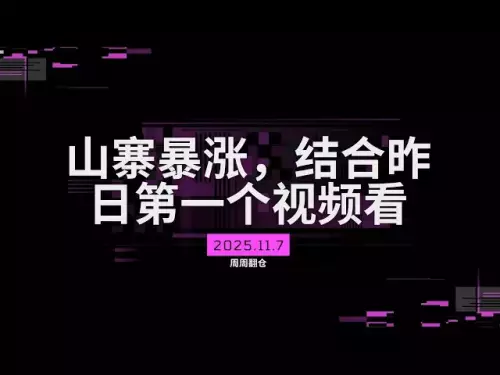-
 bitcoin
bitcoin $101752.865364 USD
-1.09% -
 ethereum
ethereum $3382.985899 USD
-1.38% -
 tether
tether $0.999658 USD
0.04% -
 xrp
xrp $2.272505 USD
-1.51% -
 bnb
bnb $989.089004 USD
0.14% -
 solana
solana $156.962612 USD
-3.08% -
 usd-coin
usd-coin $0.999776 USD
0.01% -
 tron
tron $0.290786 USD
-0.69% -
 dogecoin
dogecoin $0.174594 USD
-2.86% -
 cardano
cardano $0.560085 USD
-3.55% -
 hyperliquid
hyperliquid $40.023704 USD
-5.75% -
 chainlink
chainlink $15.324649 USD
-2.78% -
 bitcoin-cash
bitcoin-cash $493.576540 USD
-3.52% -
 zcash
zcash $571.320038 USD
-12.05% -
 stellar
stellar $0.280066 USD
-4.26%
How does OBV judge the main force entering the market? What are the characteristics of the accumulation stage?
OBV helps traders spot main force entry by showing volume increases before price surges, crucial for timing market moves in cryptocurrencies.
May 23, 2025 at 06:56 pm
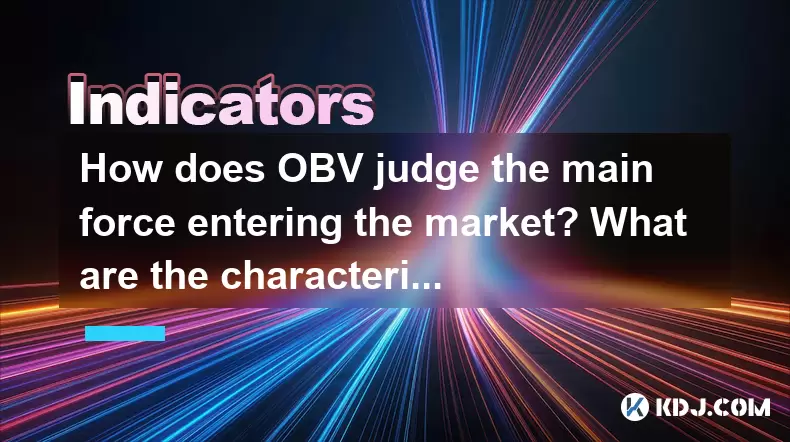
Introduction to OBV and Market Entry
On-Balance Volume (OBV) is a technical analysis indicator that uses volume flow to predict changes in stock price or, in the context of cryptocurrencies, changes in asset value. It is particularly useful for judging when the main force, or significant market players, are entering the market. The main force's entry is often a signal of potential price movements, making it crucial for traders to identify these moments accurately.
Understanding OBV
OBV is calculated by adding the day's volume to a running total when the security's price closes higher than the previous day's close. Conversely, if the price closes lower, the day's volume is subtracted from the running total. If the price closes unchanged, the OBV remains the same. The core idea behind OBV is that volume precedes price movement. When the main force enters the market, they often do so with significant volume, which OBV can help detect.
OBV and Main Force Entry
When the main force enters the market, OBV typically shows a significant increase. This increase can be observed by a rising OBV line even when the price of the cryptocurrency remains relatively stable or shows only minor fluctuations. This divergence between price and OBV is a key indicator that the main force is accumulating the asset, preparing for a potential price surge.
To accurately judge the main force's entry using OBV, traders should:
- Monitor the OBV line for consistent upward trends, especially when the price of the cryptocurrency does not reflect a similar increase.
- Compare OBV trends with historical data to identify patterns that have previously led to significant price movements.
- Use OBV in conjunction with other indicators, such as moving averages or RSI, to confirm the entry of the main force.
Characteristics of the Accumulation Stage
The accumulation stage is a critical period during which the main force builds up their position in the market. This stage is characterized by several key features:
- Stable or Slightly Declining Prices: During accumulation, the price of the cryptocurrency may remain stable or show slight declines. This is because the main force is buying the asset in large volumes but doing so in a way that does not immediately drive up the price.
- Increasing OBV: As mentioned earlier, one of the most telling signs of accumulation is a rising OBV line. This indicates that despite the stable or slightly declining price, the volume of buying is increasing, suggesting the main force's activity.
- Low Volatility: The accumulation stage often features low volatility, as the main force aims to accumulate the asset without causing significant price spikes that could alert other market participants.
- Breakout Patterns: Towards the end of the accumulation stage, traders may observe the formation of breakout patterns on the price chart. These patterns signal that the main force is ready to push the price higher.
Identifying the Accumulation Stage Using OBV
To effectively identify the accumulation stage using OBV, traders should follow these steps:
- Observe the OBV Line: Look for a consistent upward trend in the OBV line over a period of time, even if the price of the cryptocurrency remains stable or slightly declines.
- Check for Divergence: Confirm that there is a divergence between the OBV and the price. If the OBV is rising while the price is not, this is a strong indication of accumulation.
- Analyze Volume: Pay close attention to the volume bars on the chart. High volume during periods of stable or slightly declining prices can further confirm the accumulation stage.
- Watch for Breakout Patterns: Keep an eye out for the formation of breakout patterns, such as a bullish flag or a cup and handle, which can signal the end of the accumulation stage and the beginning of a potential price surge.
Practical Application of OBV in Trading
In practice, using OBV to judge the main force's entry and identify the accumulation stage requires a disciplined approach. Traders should:
- Set Clear Entry and Exit Points: Based on the OBV signals and other confirming indicators, set clear entry points for buying the cryptocurrency and exit points for selling or taking profits.
- Use Stop-Loss Orders: To manage risk, always use stop-loss orders to protect against unexpected market movements.
- Monitor Market News: Stay informed about market news and events that could impact the cryptocurrency's price, as these can influence the main force's actions.
- Backtest Strategies: Before applying OBV-based strategies in live trading, backtest them using historical data to ensure their effectiveness.
Combining OBV with Other Indicators
While OBV is a powerful tool for judging the main force's entry and identifying the accumulation stage, it is most effective when used in conjunction with other technical indicators. Some complementary indicators include:
- Moving Averages: Use moving averages to confirm trends identified by OBV. For example, if the OBV is rising and the price is above a key moving average, this can provide additional confirmation of the main force's entry.
- Relative Strength Index (RSI): RSI can help identify overbought or oversold conditions, which can be useful in conjunction with OBV to time entries and exits.
- Volume Profile: Volume profile can provide insights into the volume distribution at different price levels, which can complement the information provided by OBV.
Frequently Asked Questions
Q: Can OBV be used effectively on all cryptocurrencies?A: OBV can be applied to any cryptocurrency that has sufficient trading volume and price data. However, its effectiveness may vary depending on the liquidity and market dynamics of the specific cryptocurrency. For less liquid assets, the OBV signals may be less reliable due to potential volume manipulation.
Q: How often should I check OBV to identify the main force's entry?A: The frequency of checking OBV depends on your trading style. For short-term traders, daily or even hourly checks may be necessary to catch timely signals. For long-term investors, weekly or monthly checks may suffice. It's important to align your OBV monitoring with your overall trading strategy.
Q: What are the risks of relying solely on OBV for trading decisions?A: Relying solely on OBV can be risky because it does not account for all market factors. OBV should be used in conjunction with other technical and fundamental analysis tools to provide a more comprehensive view of the market. Additionally, false signals can occur, especially in highly volatile markets, so it's crucial to use stop-loss orders and risk management strategies.
Q: Can OBV help identify when the main force is exiting the market?A: Yes, OBV can also help identify when the main force is exiting the market. A significant decline in the OBV line, especially when accompanied by a stable or slightly increasing price, can indicate that the main force is selling their position. Traders should look for a divergence between the OBV and the price to confirm this scenario.
Disclaimer:info@kdj.com
The information provided is not trading advice. kdj.com does not assume any responsibility for any investments made based on the information provided in this article. Cryptocurrencies are highly volatile and it is highly recommended that you invest with caution after thorough research!
If you believe that the content used on this website infringes your copyright, please contact us immediately (info@kdj.com) and we will delete it promptly.
- Ripple (XRP) in 2026: Hold or Fold? A Look at XRP's Future and Emerging DeFi Alternatives
- 2025-11-08 18:35:01
- Zcash ZEC Coin Price Explosion: From Privacy Niche to Center Stage
- 2025-11-08 18:55:01
- Berachain Price Prediction: Navigating the Honeycomb Hype in Crypto
- 2025-11-08 18:55:01
- Arthur Hayes, Gold, and Bitcoin: A Modern Monetary Trinity?
- 2025-11-08 19:15:01
- Shiba Inu's Next Move: Navigating a Shifting Market
- 2025-11-08 19:20:01
- Pakistan's Crypto Crossroads: Balancing Opportunity with Asset-Backed Realities
- 2025-11-08 19:20:01
Related knowledge
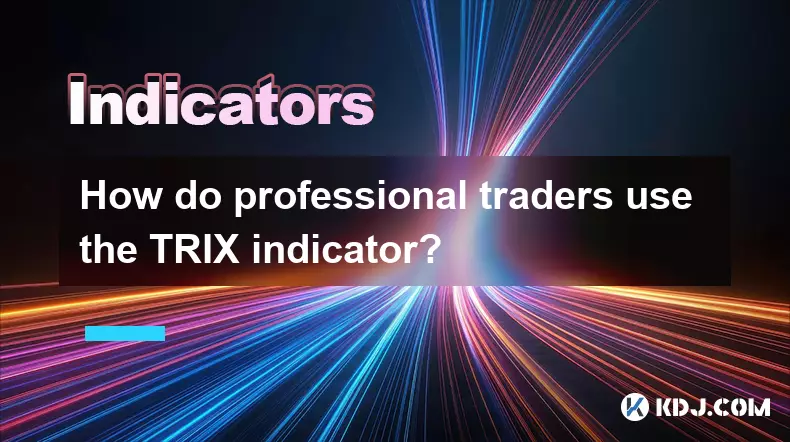
How do professional traders use the TRIX indicator?
Nov 06,2025 at 04:40pm
Understanding the TRIX Indicator in Crypto TradingThe TRIX (Triple Exponential Average) indicator is a momentum oscillator used by professional trader...
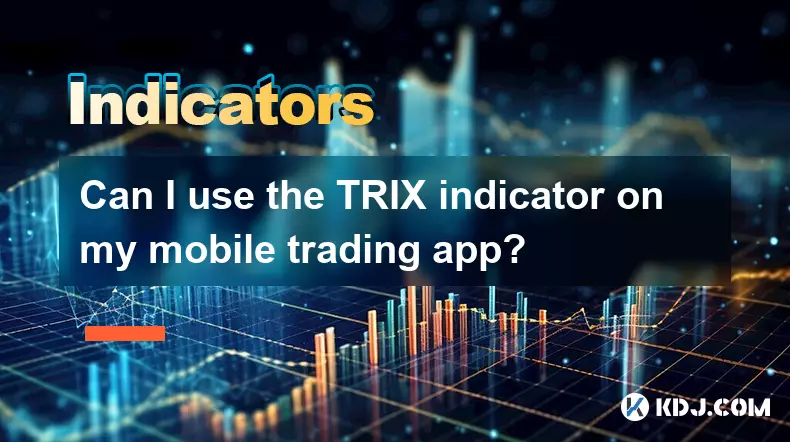
Can I use the TRIX indicator on my mobile trading app?
Nov 07,2025 at 07:40pm
The TRIX indicator, a momentum oscillator designed to filter out short-term fluctuations and highlight long-term trends, has become increasingly popul...
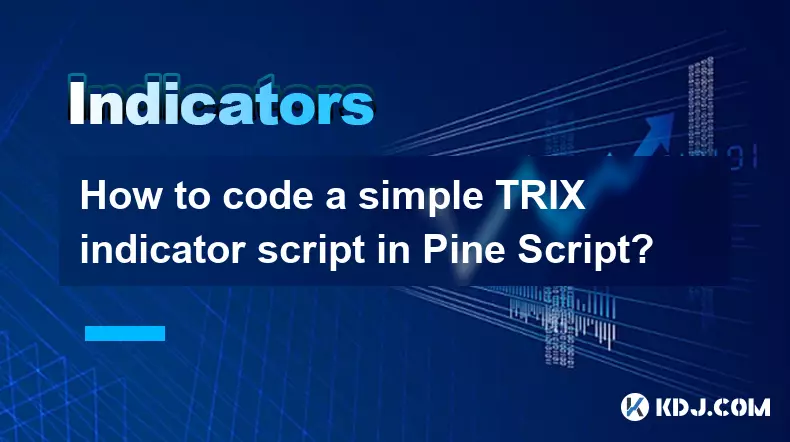
How to code a simple TRIX indicator script in Pine Script?
Nov 07,2025 at 06:20am
How to Code a Simple TRIX Indicator in Pine Script The TRIX (Triple Exponential Moving Average) indicator is widely used in cryptocurrency trading to ...
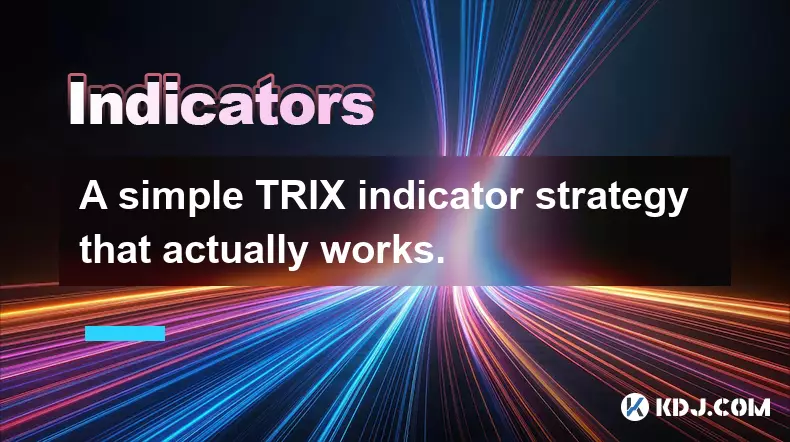
A simple TRIX indicator strategy that actually works.
Nov 08,2025 at 05:39pm
Understanding the TRIX Indicator in Crypto Trading1. The TRIX (Triple Exponential Average) indicator is a momentum oscillator designed to filter out s...
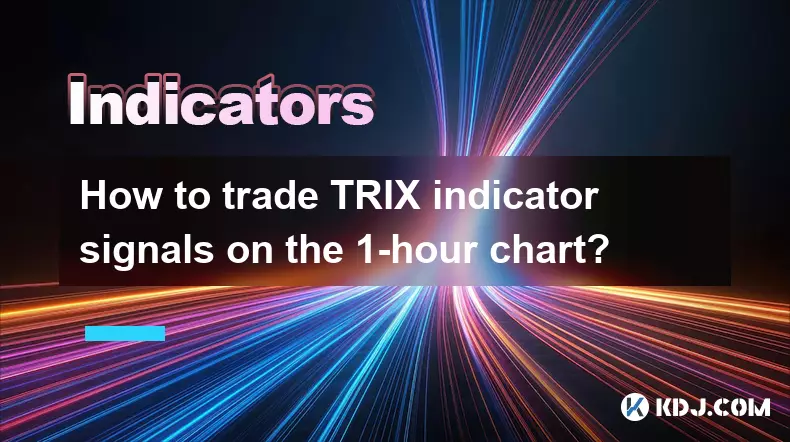
How to trade TRIX indicator signals on the 1-hour chart?
Nov 07,2025 at 05:39am
Bitcoin's Role in Decentralized Finance1. Bitcoin remains the cornerstone of decentralized finance, serving as a benchmark for value and security acro...
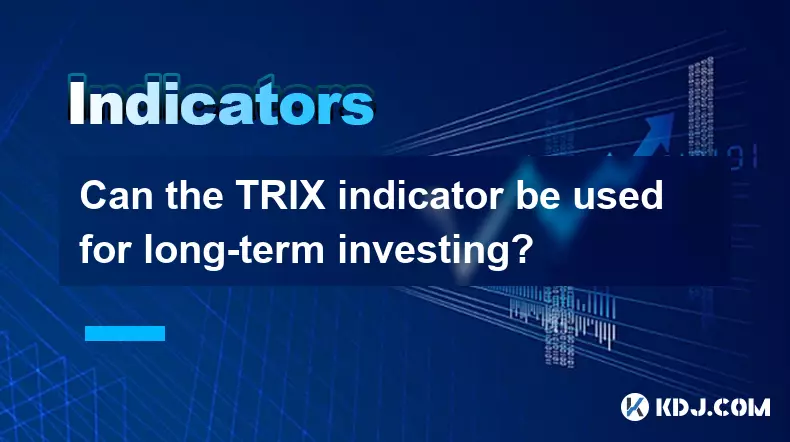
Can the TRIX indicator be used for long-term investing?
Nov 06,2025 at 02:19pm
Understanding the TRIX Indicator in Cryptocurrency Markets1. The TRIX (Triple Exponential Average) indicator is a momentum oscillator designed to filt...

How do professional traders use the TRIX indicator?
Nov 06,2025 at 04:40pm
Understanding the TRIX Indicator in Crypto TradingThe TRIX (Triple Exponential Average) indicator is a momentum oscillator used by professional trader...

Can I use the TRIX indicator on my mobile trading app?
Nov 07,2025 at 07:40pm
The TRIX indicator, a momentum oscillator designed to filter out short-term fluctuations and highlight long-term trends, has become increasingly popul...

How to code a simple TRIX indicator script in Pine Script?
Nov 07,2025 at 06:20am
How to Code a Simple TRIX Indicator in Pine Script The TRIX (Triple Exponential Moving Average) indicator is widely used in cryptocurrency trading to ...

A simple TRIX indicator strategy that actually works.
Nov 08,2025 at 05:39pm
Understanding the TRIX Indicator in Crypto Trading1. The TRIX (Triple Exponential Average) indicator is a momentum oscillator designed to filter out s...

How to trade TRIX indicator signals on the 1-hour chart?
Nov 07,2025 at 05:39am
Bitcoin's Role in Decentralized Finance1. Bitcoin remains the cornerstone of decentralized finance, serving as a benchmark for value and security acro...

Can the TRIX indicator be used for long-term investing?
Nov 06,2025 at 02:19pm
Understanding the TRIX Indicator in Cryptocurrency Markets1. The TRIX (Triple Exponential Average) indicator is a momentum oscillator designed to filt...
See all articles





















![The Graph Price Prediction [GRT Crypto Price News Today] The Graph Price Prediction [GRT Crypto Price News Today]](/uploads/2025/11/07/cryptocurrencies-news/videos/690d4df44fe69_image_500_375.webp)



